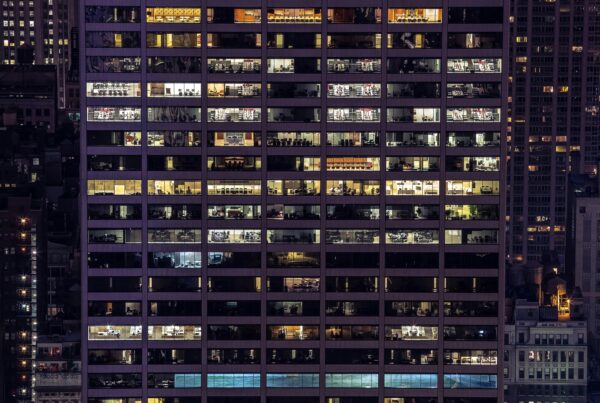Outdoor air isn’t a joy to breathe these days. That’s according to the new findings released by the World Health Organization (WHO) last week.

Classic tale of adaptation: the peppered moth assuming a dark coloring in response to the Industrial Age’s pollution problem. Nowadays, plant and animal species are slow to adapt to climate change.
(Image from www.thetimes.co.uk)
It’s an extensive list of the state of air pollution in more than 1,600 cities worldwide, measured using data 2008 to 2013. Some cities fared well, while others were significantly burdened with a distressing amount of particulate matter—particles smaller than 10 or 2.5 microns, which when inhaled settles into the lungs, and in the long run causes lung cancer, chronic bronchitis, and heart disease.
Some of the cities listed as the most polluted weren’t surprising. For years now, China’s major cities have been plagued with smog—citizens forced to wear masks when they go out of the streets are not an uncommon sight in Beijing. In photographs that may or not have been Photoshopped, Beijing is always shrouded in a thick haze, while urban dwellers nonchalantly go about their business.
Smoggy, Smoggier, Smoggiest
But while China has been getting much media attention, it turns out India has even worse air pollution.
Delhi tops the list, handily beating Beijing, while twelve other Indian cities are included in the top 20 cities worldwide suffering from bad air. The Indian government initially disputed the findings, claiming there was a disparity in the years when data were collected. According to them, readings from India were taken in 2012 and 2013, while data for China was taken back in 2010. Understandably, the Chinese capital might have had better air quality three years ago, which makes for an unfair comparison.
Still, there’s no denying India has a big problem with air pollution. Traffic congestion, vehicle emissions, the popularity of adulterated fuels, and heavy reliance on burning fuelwood and biomass all contribute to the country’s bad air quality. This fast-developing nation is home, too, to many large-scale manufacturing industries which pump out carbon dioxide and other toxic fumes into the air.
It’s Not a Contest
Whether it’s China or India or some other city/country that tops the list of having the most air pollution, what matters is that now we are more aware than ever. It’s not about who gets painted in bad light, or who bests whom. Consider this article from the Beijinger which “rejoices” the fact that for once Beijing isn’t the world’s most polluted city, but only comes second.
But there’s no sigh of relief to be had for coming in second, or any of the top spot for that matter. Whether your city is in the top 50 most polluted or top 100 or top 500, aim to get in a better position in that list.
What to Do?
If anything, WHO’s list should alert us, even terrify us, and ultimately compel us to take action. Encourage no-car days and biking, improve public transportation, upgrade high-polluting vehicles, monitor manufacturing plants, impose taxes and fines on offenders, and more.
As citizens we can do our part in reducing air pollution—planting trees, car pooling, properly inflating our tires, replacing old wood stoves, etc. They’re small efforts but the trickles add up to a bigger picture. In the end though, it’s up to our government to ensure laws and policies protecting the environment actually have teeth in them.









